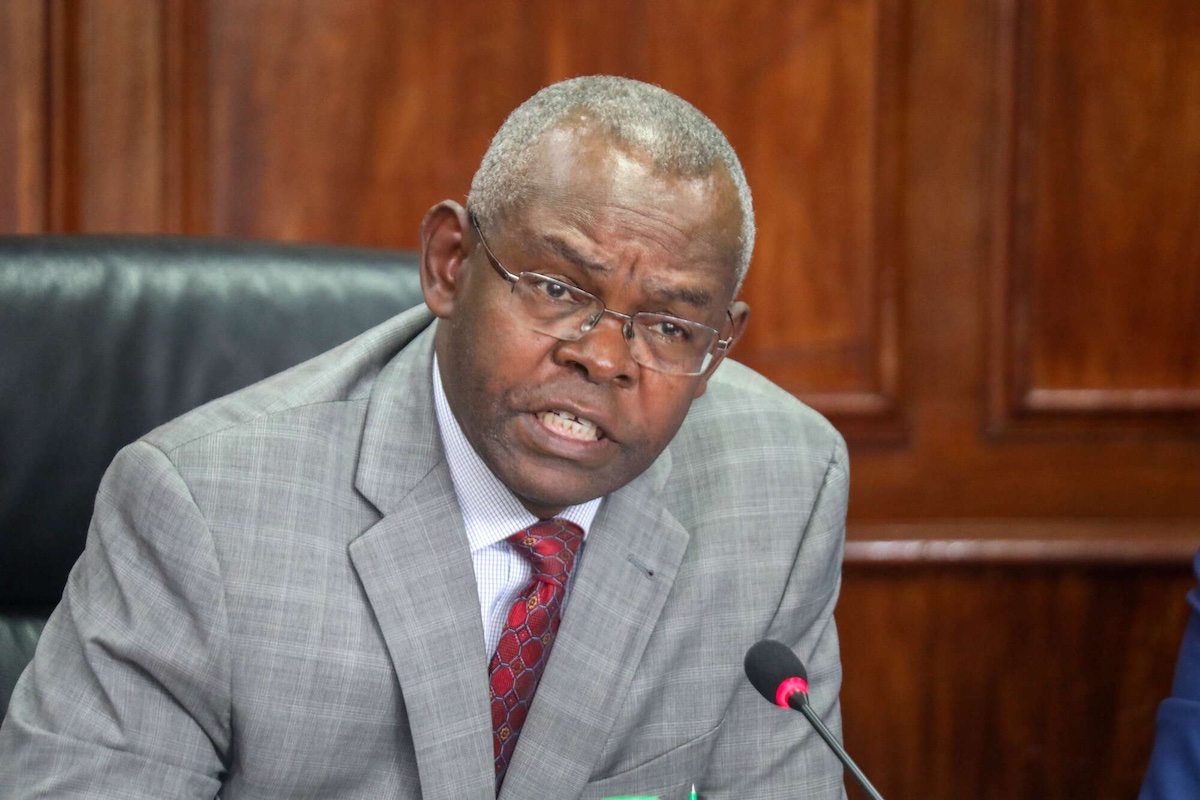Kenya’s financial markets remained unfazed after the Central Bank retained its benchmark rate at 13%, signalling its intention to stabilize the credit market in the country. The Central Bank of Kenya Monetary Policy Committee (MPC) said its previous actions in tweaking the CBR, shorthand for Central Bank Rate, had achieved some positive impact on economic fundamentals.
The Monetary Policy Committee (MPC) met on April 3, 2024, against a backdrop of an improved global outlook for growth and inflation, despite persistent geopolitical tensions. The MPC noted that its previous measures have lowered inflation, addressed the exchange rate pressures, and anchored inflationary expectations.
The Committee further noted that overall inflation is expected to continue declining in the near term, supported by lower food and fuel prices, and pass-through effects of the recent exchange rate appreciation.
“Therefore, the MPC concluded that the current monetary policy stance will ensure that overall inflation continues to decline towards the 5.0 percent mid-point of the target range, and thus decided to retain the Central Bank Rate (CBR) at 13.00 percent,” Central Bank of Kenya Governor, Mr Kamau Thugge, who is also the chairman of the MPC.
> Kenya Seek to Become a Global Supplier of Superfoods
He said the MPC will closely monitor the impact of the policy measures as well as developments in the global and domestic economy and would take further action as necessary in line with its mandate. The committee will meet again in June 2024.
It is a sigh of relief for the credit markets, as many had expected a tightening of the market by a rate rise, which would have hit credit uptake from banks and other lenders. To confirm the impact of previous CBK actions, growth in commercial bank lending to the private sector stood at 10.3% in February 2024 compared to 13.8% in January 2024.
Credit growth to selected key sectors was as follows: manufacturing (13.6 percent), transport and communication (7.5 percent), trade (10.7 percent), and consumer durables (7.4 percent). The number of loan applications and approvals remained resilient, reflecting sustained demand particularly for working capital requirements.
> How Investors Can Analyse Forex Trading in Kenya













Leave a comment